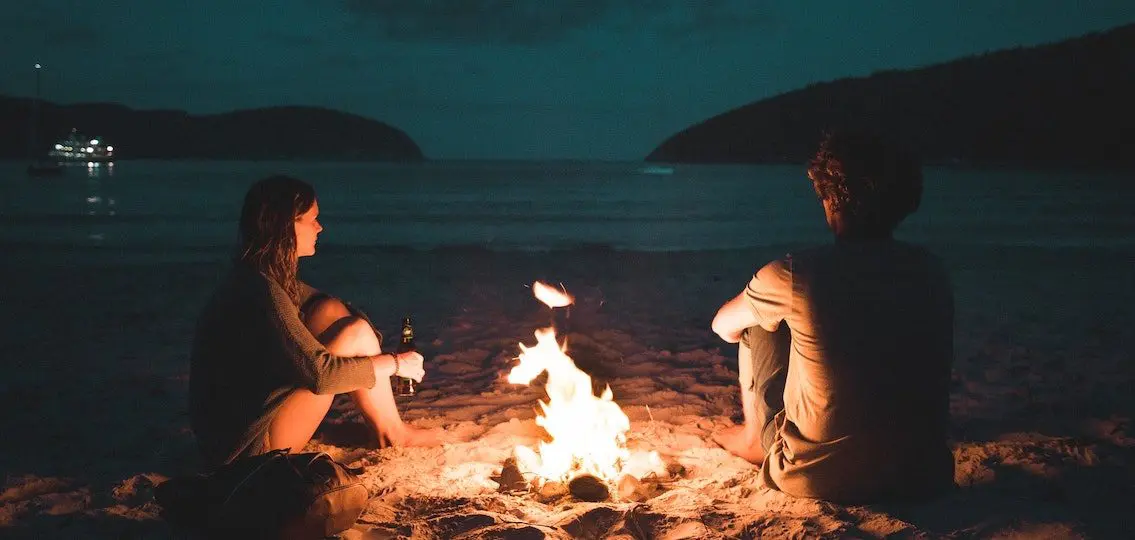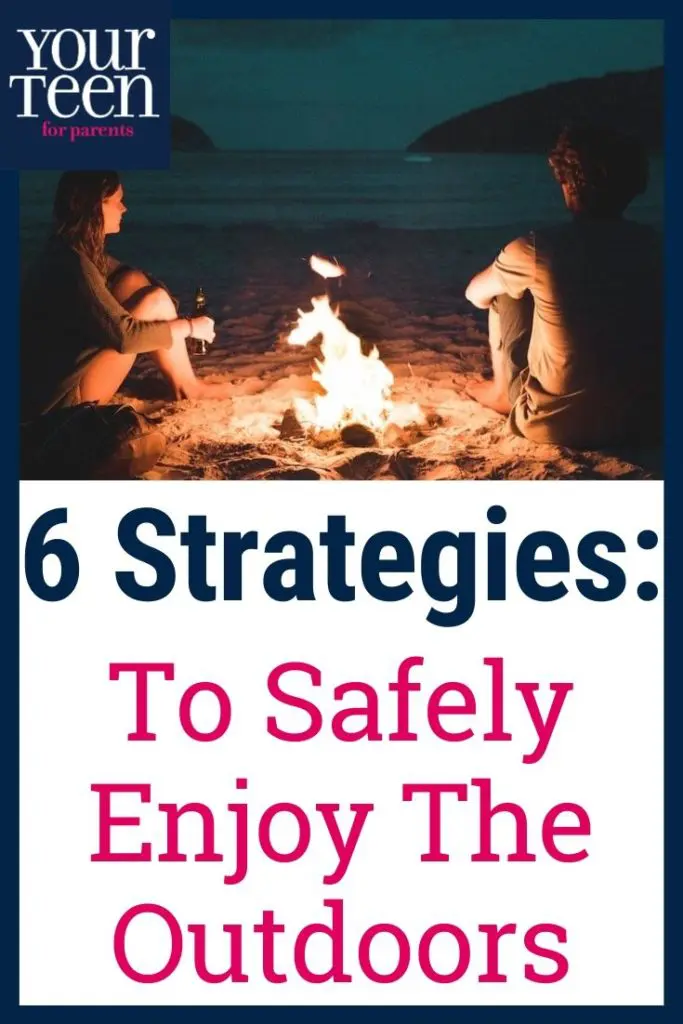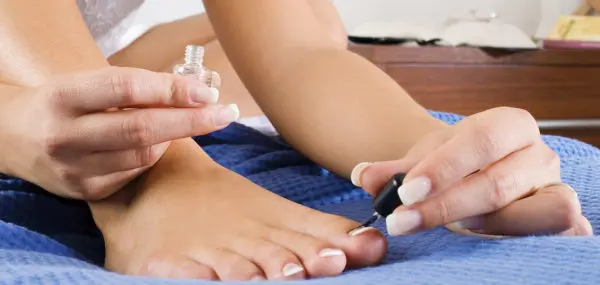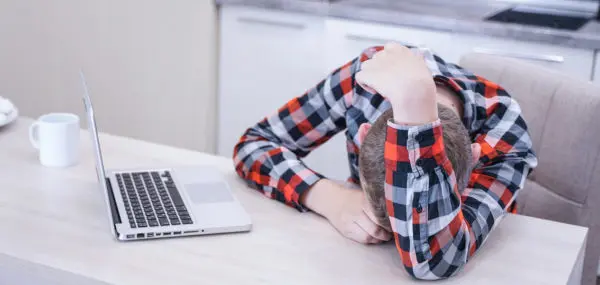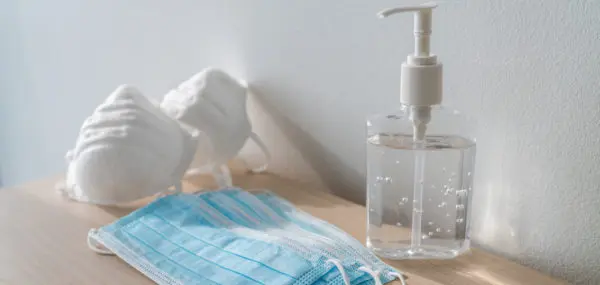My 16-year-old walks the dog on our street and bikes around the neighborhood. She also walks to her friend’s house, where they socially distance on the lawn. Recently, she joined three friends for s’mores around a fire pit.
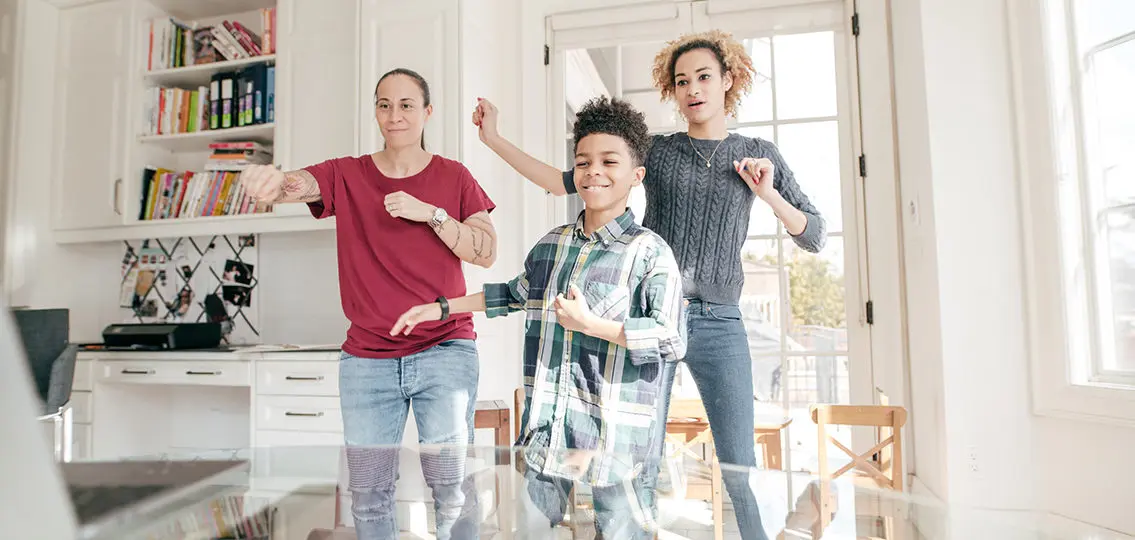
As she has slowly but surely expanded her outdoor territory, I knew I would need rules to make it through a long, hot, self-distancing summer. So I turned to the six Recreate Responsibly guidelines for advice. Compiled by outdoor retailers and nonprofits, park rangers and foresters, these guidelines apply equally to the backcountry, a local park, or even a backyard.
Safety Guidelines for the Summer
1. Know before you go
Check the status of the place you want to visit. If might be closed—so don’t go. If it’s crowded, have a plan B.
An outing can quickly go south when you show up only to discover the lot’s full, the park’s not fully opened, entrance to the garden requires registration, or only immediate family members can enter the preserve as a group.
Here’s how we’ve avoided that scenario:
- We made a list of local outdoor spaces, then signed up for notifications on reopening schedules and rules. Our list includes sport fields, tennis/pickleball courts, nature preserves, town and county parks, the town pool, recreation center, library (which has outdoor seating), community garden, arboretum, and the Chamber of Commerce, which posts updates on weekend street closings in our downtown where restaurants set up tables on the main street.
- We’ve narrowed our destinations down by calling ahead to inquire about the best times to go (usually early and later in the day) and for suggestions for less crowded places within a park.
- On our phones, we downloaded local walking paths and hiking trails. Yes, we’re looking at our phones while we’re on a trail or path. But we’re also sharpening our map-reading skills.
- Research has paid off. I came across downloadable self-guided audio walking tours for my town—the perfect outing when you don’t want to think too much.
2. Plan ahead
Prepare for facilities to be closed, which means packing lunch and bringing essentials like hand sanitizer. Have a face covering ready, too.
Before my teen leaves home, she’s required to grab a pre-packed sling bag containing a face covering, hand sanitizer, wipes, and gloves. If she’s going outside the immediate neighborhood, I might throw in a phone charger, foldable seat pad, water, snack and an empty trash bag to avoid littering.
3. Stay close to home
This is not the time to travel long distances to have fun. Most places are only open for day use.
At our house, we’re lucky enough to have our own outdoor space to enjoy some activities. Our formerly manicured front yard may at any one time sport socially distanced chairs or yoga mats. Hammocks are currently under consideration, as is a movie screen for the driveway. Half the garage has been turned into a gym, and a firepit is under construction in the backyard.
We also recently discovered that our favorite ice cream store—a stand-alone building in a residential part of town—offers curbside pickup. We order, walk there, and stroll home eating our pints. We’ve also walked to our local bookstore to pick up reserved books, grabbing a specialty drink on the way.
4. Practice physical distancing
Adventure only with your immediate household. Be prepared to cover your nose and mouth and give others space. If you’re sick, stay home.
Most of us know how to socially distance. But can you do it creatively? Some towns want to know, and offer contests aimed at promoting social distancing outdoors. Bike Walk Tompkins in Ithaca, New York, for example, asks residents to share their creative ways of socially distancing while walking, running, and biking in its Streets Alive! @ Home contest.
Finding ways to stay safe in shared public spaces is a priority right now—but it can also be a fun family bonding activity.
5. Play it safe
Slow down and choose lower-risk activities to reduce your risk of injury. Search and rescue operations and health care resources are both strained. Now is not the time to encounter a busy, virus-laden hospital.
Like most teens, mine is all too familiar with the list of low-risk activities—walking, running, birding, gardening, and fishing. While she’ll probably never pick up a fishing rod, she has taken an interest in running. She’s checked out related books and magazines from the town’s online library and challenged herself to timed runs around the neighborhood.
Here are other ideas that teens might want to try:
- Check in with the local parks and rec department. Though many have canceled teen summer programs, some offer revised programs incorporating social distancing, such as teen yoga.
- Get involved with local conservation groups that offer volunteer opportunities—summer bat counts, invasive plant programs, tree plantings, stream monitoring, and park cleanups.
- Give back. Raise easy-to-grow flowers and herbs and sell bouquets from a curbside table on the honor system. Donate the proceeds to a local charity.
- Build a climbing wall, pond, or skateboard ramp.
- Invite friends over for an online yoga class on socially distanced mats in the yard.
6. Leave no trace
Respect public lands and communities and take all your garbage with you.
One positive of the pandemic is that we have gained a greater appreciation for our local outdoor spaces, which are stressed due to more crowds and maintenance backlogs. I’ve used the situation as an opportunity to teach my teen how she can reduce her impact on these valuable spaces with the Center for Outdoor Ethics’ seven Leave No Trace principles.
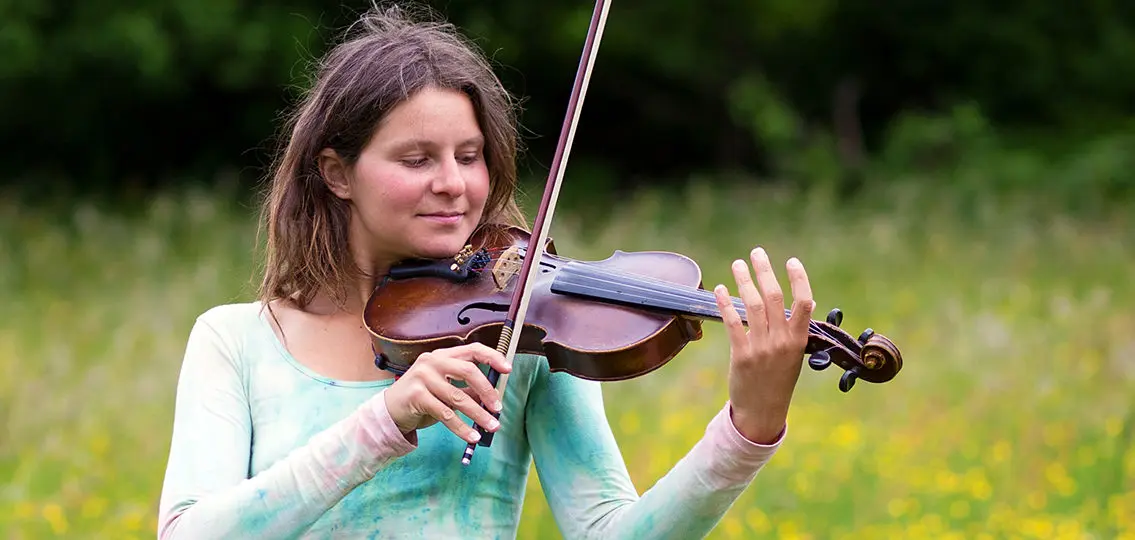
This summer doesn’t look like any previous summer my teen has experienced, but by following a few simple guidelines, I know it’ll be a summer to remember.
